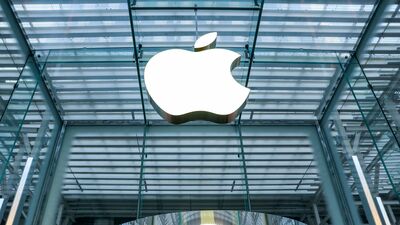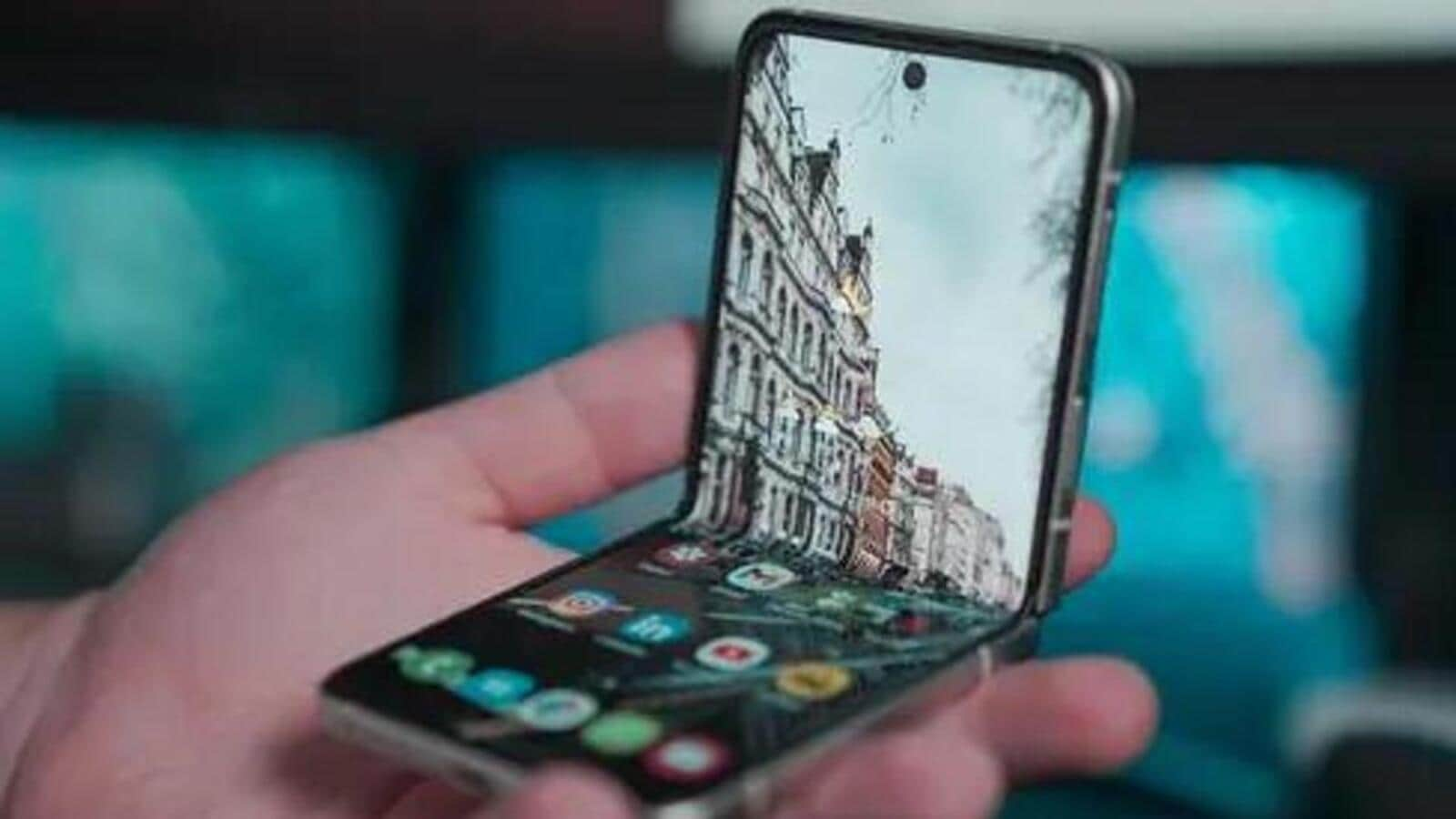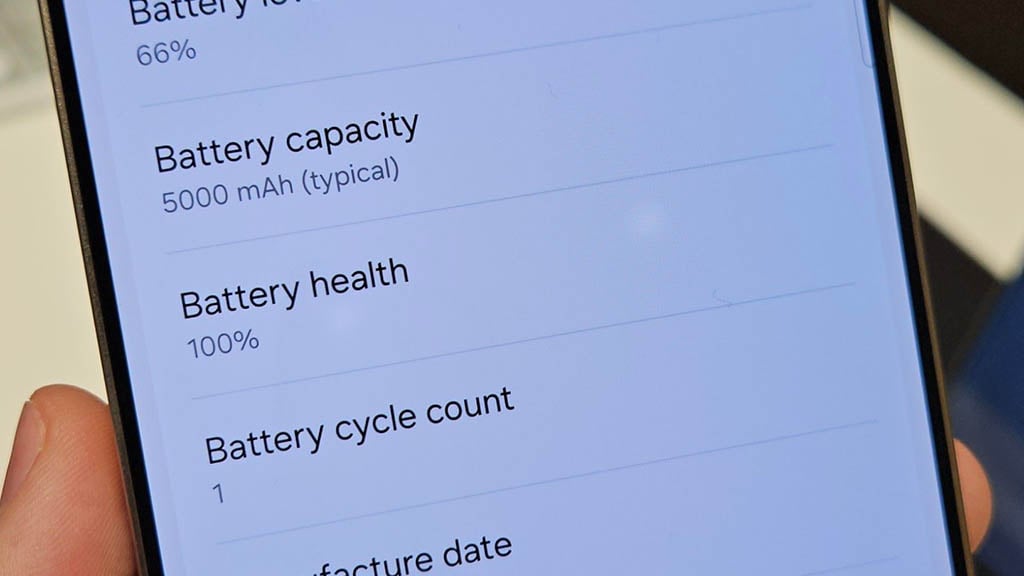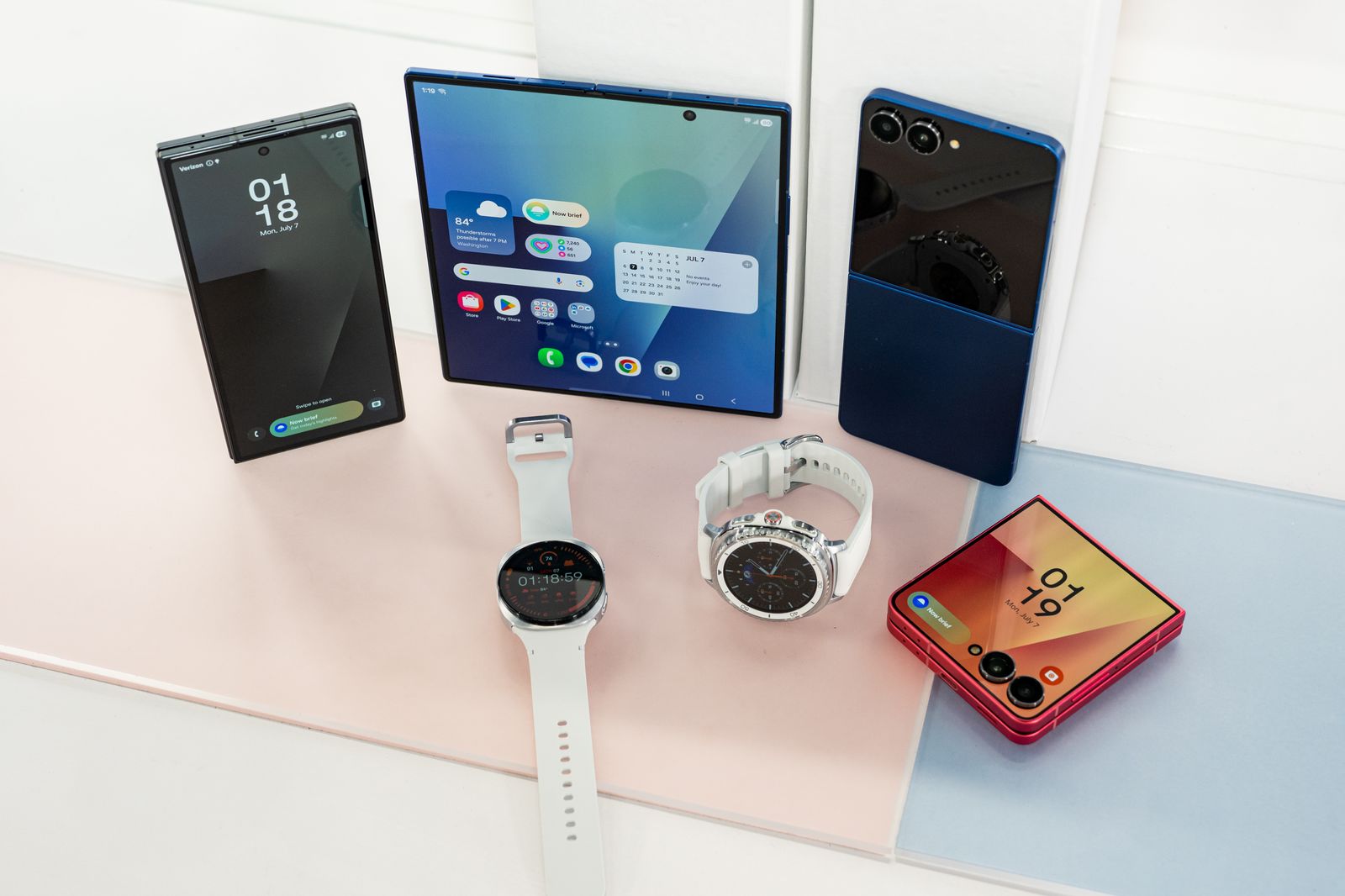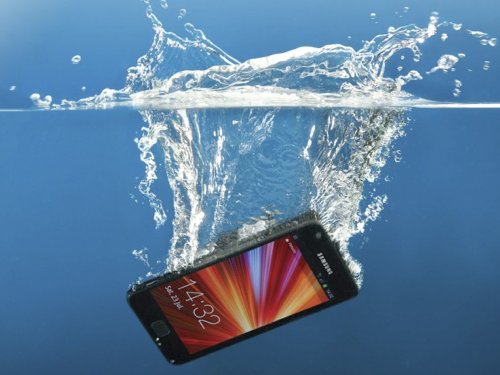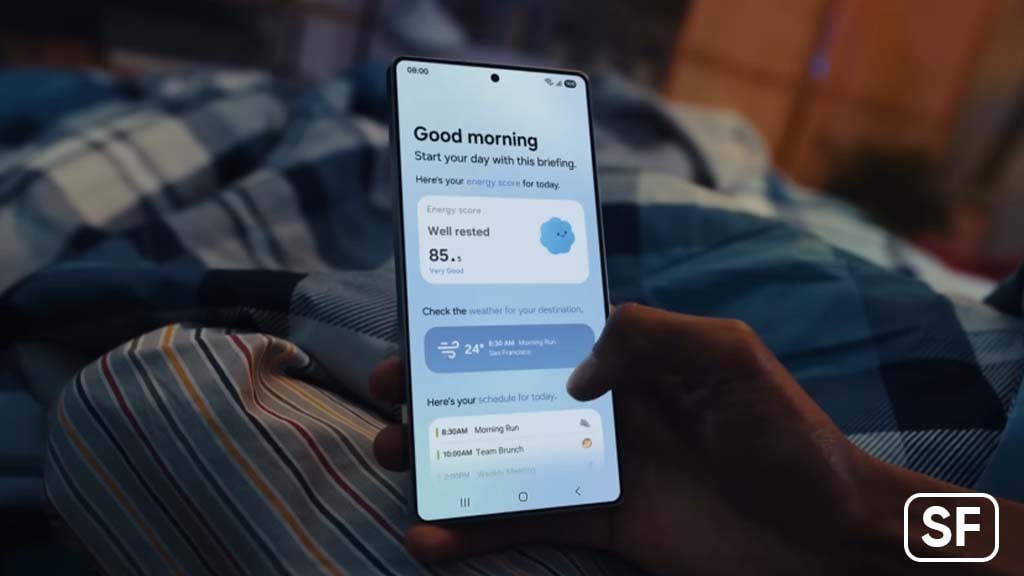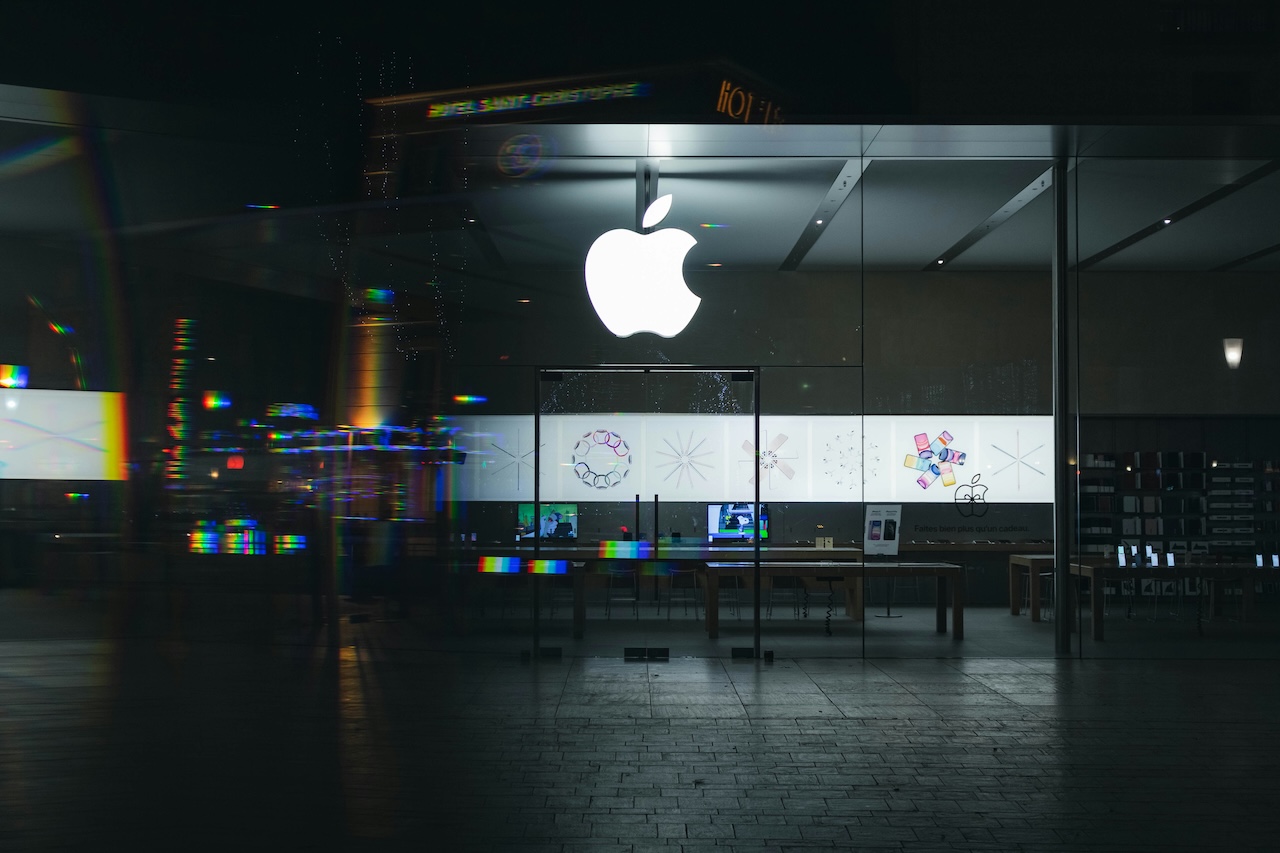Apple’s Smart Home Hub Suggests Fresh Product Development Approaches in Light of Rising Price Target
### Apple’s Upcoming Smart Home Hub: What to Anticipate
Apple is preparing to make its debut in the smart home sector with its inaugural smart home hub that features a display, expected to arrive in spring 2026. Based on a report from Mark Gurman at Bloomberg, this device signifies a major transformation in Apple’s production strategy, as it will be manufactured in Vietnam instead of the usual production center of China.
#### Changes in Manufacturing
BYD, a Chinese company well-known for its electric vehicles in Europe and Asia, will oversee the assembly of this novel smart home product. This choice to produce in Vietnam highlights a significant alteration for Apple, which has customarily introduced new devices in China before branching out manufacturing to other regions. This tactical realignment may indicate Apple’s intention to diversify its supply chain and reduce dependence on a single nation for production.
#### Product Specifications
The forthcoming smart home hub is projected to retail at approximately $350. Reports suggest that there are two variants in progress: one akin to a HomePod mini with a 7-inch screen, and another intended for wall installation. This initiative is part of a larger strategy by Apple to bolster its smart home portfolio, which also includes plans for indoor security cameras and a future smart display integrated with a robotic arm.
#### Release Schedule
Although the smart home hub featuring a display is scheduled for launch in spring 2026, the indoor security camera is expected to debut as soon as the end of next year. The robotic version of the smart display is projected to follow in 2027.
#### Growth in Manufacturing
The Bloomberg report also reveals that Apple is aiming to amplify its iPad production in Vietnam, indicating a wider commitment to enhancing its manufacturing capabilities in that area.
As Apple gears up to reveal its latest smart home offerings, the alteration in production strategy and the rollout of innovative devices could have a considerable influence on the smart home market dynamics. For more comprehensive details, you can access the complete report on Bloomberg.
Read More


